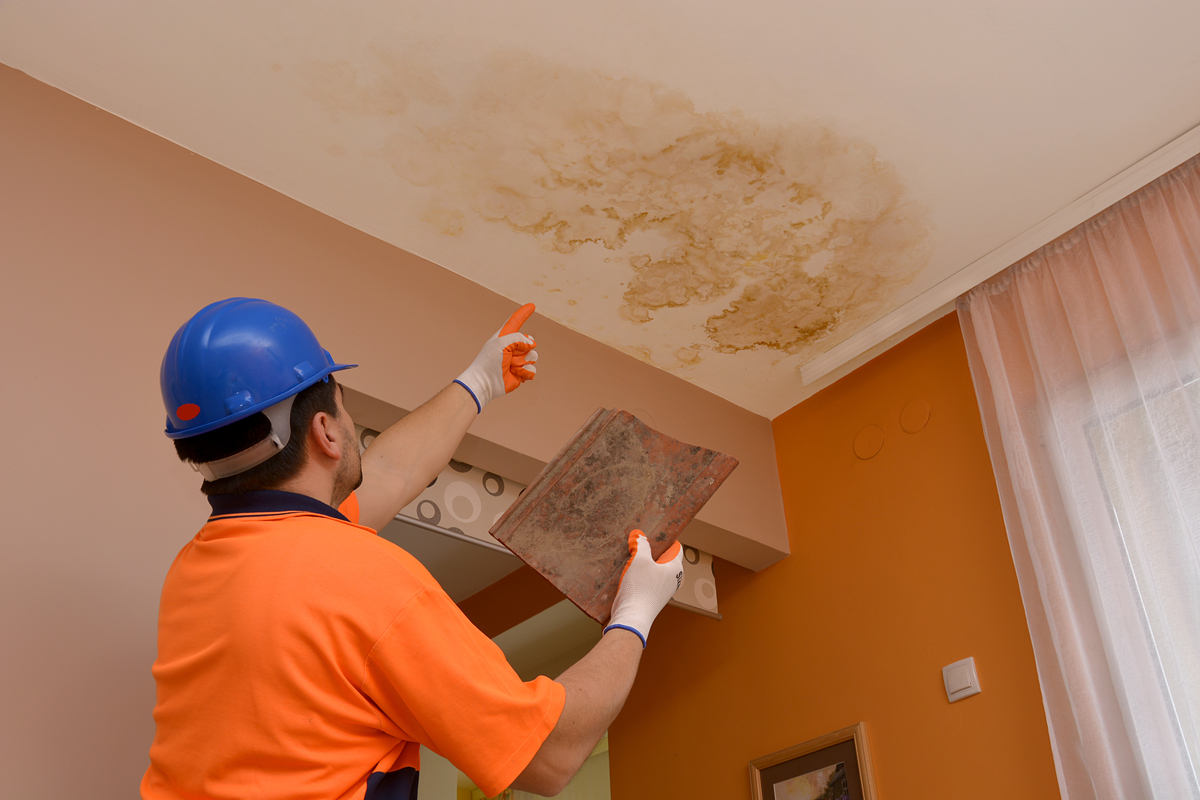Identify Major Causes for Leak Problems in Your House
Identify Major Causes for Leak Problems in Your House
Blog Article
Every person maintains his or her own perception when it comes to How to detect water leaks in your home.

Leakages not just create waste of water yet can also cause unnecessary damage to your residence and also promote unwanted organic development. Regrettably, water leaks could go unnoticed because the majority of the pipework in our residence is hidden. By looking as well as understanding for daily scenarios that trigger leakages, you can protect your house from future leakages and unnecessary damages. Today, we will certainly take a look at 6 leakage creates that may be triggering your pipelines to trickle.
Intruding origins
Most water leaks start outside the home instead than inside it. You might discover wet spots or sinkholes in your backyard, and that may mean that tree origins are attacking water lines triggering water to seep out.
Rusty water supply
This might be the reason of staining or bending on your water pipelines. If our plumbing system is old, consider replacing the pipelines considering that they are at a higher danger of deterioration than the newer designs.
Malfunctioning Pipe Joints
The point at which your pipelines attach is frequently the weakest link in the waterline. Pipeline joints can wear away over time, leading to water leaks. Regrettably, most of pipeline joints are not conveniently noticeable. If you have loud pipelines that make ticking or banging sounds, specifically when the warm water is activated, your pipeline joints are most likely under a lot of pressure. It is advisable to have your plumber inspect your system once a year.
Instant temperature level adjustments.
Extreme temperature level adjustments in our pipes can trigger them to increase and acquire suddenly. This development and contraction may create fractures in the pipelines, especially if the temperature level are below freezing. It would be best if you kept an eye on just how your plumbing works. The existence of the formerly discussed conditions frequently suggests a high threat.
Poor Water Connectors
Sometimes, a leakage can be triggered by loose hose pipes and pipes that provide your devices. Generally, moving is what causes the loosened water Links. You could find when it comes to a washing equipment, a hose pipe might spring a leak as a result of trembling throughout the spin cycle. In case of a water connections leakage, you might discover water running straight from the supply line or puddles around your home appliances.
Obstructed Drains
Obstructed drains pipes might be frustrating and inconveniencing, however they can sometimes end up creating an overflow causing burst pipes. Keep getting rid of any kind of products that may go down your drains that could block them to prevent such troubles.
All the above are sources of leaks yet not all water leakages arise from plumbing leaks; some leaks might come from roofing system leaks. All leakages need to be fixed quickly to stay clear of water damages.
Leaks not only create waste of water yet can likewise cause unneeded damages to your house and advertise unwanted organic development. By looking as well as understanding for day-to-day situations that create leaks, you can secure your home from future leakages and unnecessary damages. Today, we will look at six leakage causes that may be creating your pipes to leak.
At times, a leakage can be caused by loosened tubes as well as pipes that supply your devices. In instance of a water links leakage, you may notice water running straight from the supply line or pools around your devices.
How To Check For Water Leak In Your Home
How To Check for Leaks
The average household's leaks can account for nearly 10,000 gallons of water wasted every year and ten percent of homes have leaks that waste 90 gallons or more per day. Common types of leaks found in the home are worn toilet flappers, dripping faucets, and other leaking valves. These types of leaks are often easy to fix, requiring only a few tools and hardware that can pay for themselves in water savings. Fixing easily corrected household water leaks can save homeowners about 10 percent on their water bills.
To check for leaks in your home, you first need to determine whether you're wasting water and then identify the source of the leak. Here are some tips for finding leaks:
Take a look at your water usage during a colder month, such as January or February. If a family of four exceeds 12,000 gallons per month, there are serious leaks.
Check your water meter before and after a two-hour period when no water is being used. If the meter changes at all, you probably have a leak.
Identify toilet leaks by placing a drop of food coloring in the toilet tank. If any color shows up in the bowl after 10 minutes, you have a leak. (Be sure to flush immediately after the experiment to avoid staining the tank.)
Examine faucet gaskets and pipe fittings for any water on the outside of the pipe to check for surface leaks.
Undetected water leaks can happen without the home or business owner even realizing. If you suspect a water leak, but not able to find the source. It is time to contact a professional water leak detection service, The Leak Doctor.
How To Find a Water Leak In Your Home
https://www.leakdoctor.com/blog/How-To-Check-For-Water-Leak-In-Your-Home_AE197.html

Hopefully you liked our excerpt on How Fast Water Damage Can Ruin Your Home. Thank you for taking time to read our content. Remember to take the opportunity to promote this write-up if you enjoyed reading it. I treasure reading our article about How to detect water leaks in your home.
Sink issues? Connect. Report this page